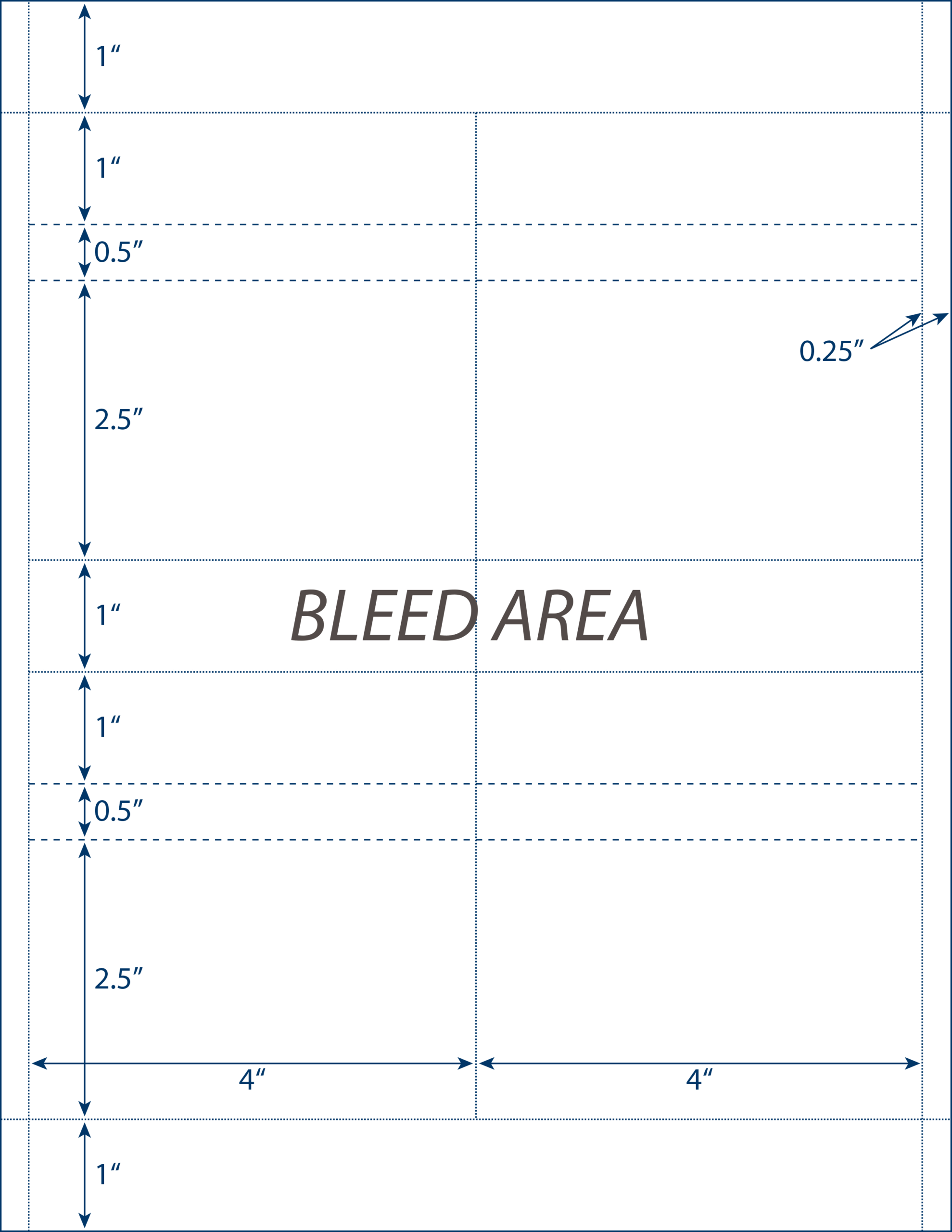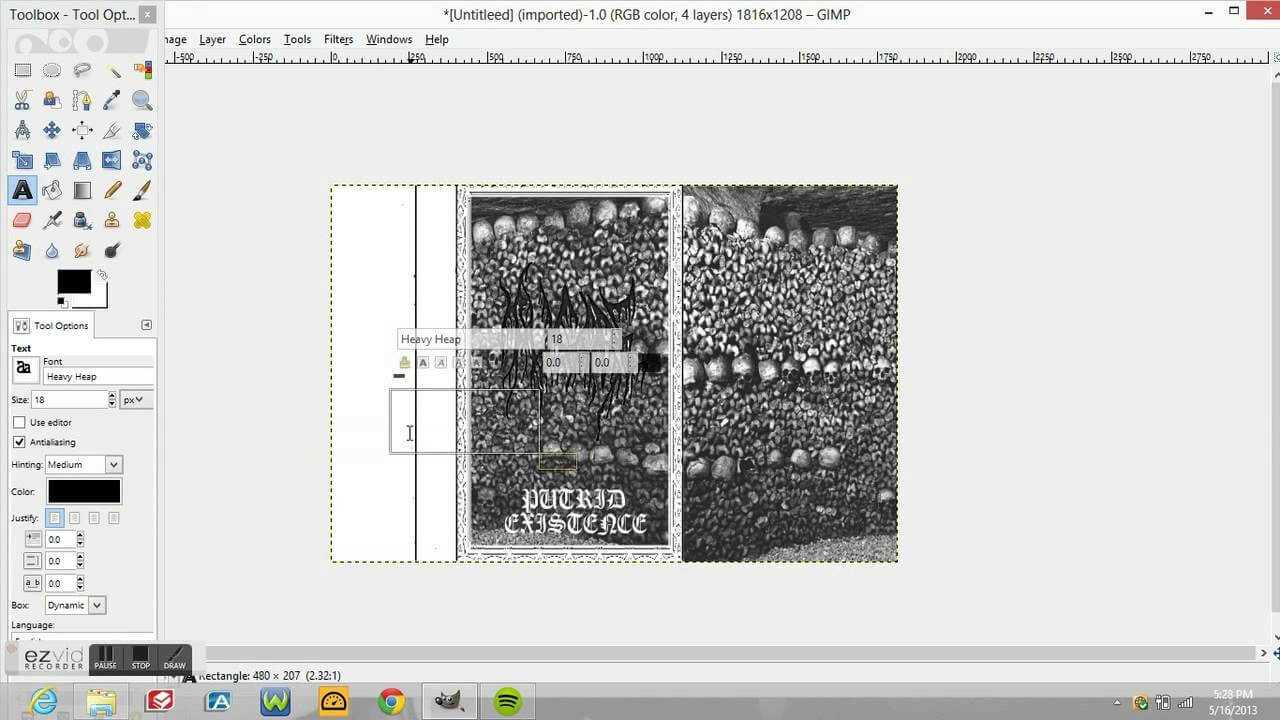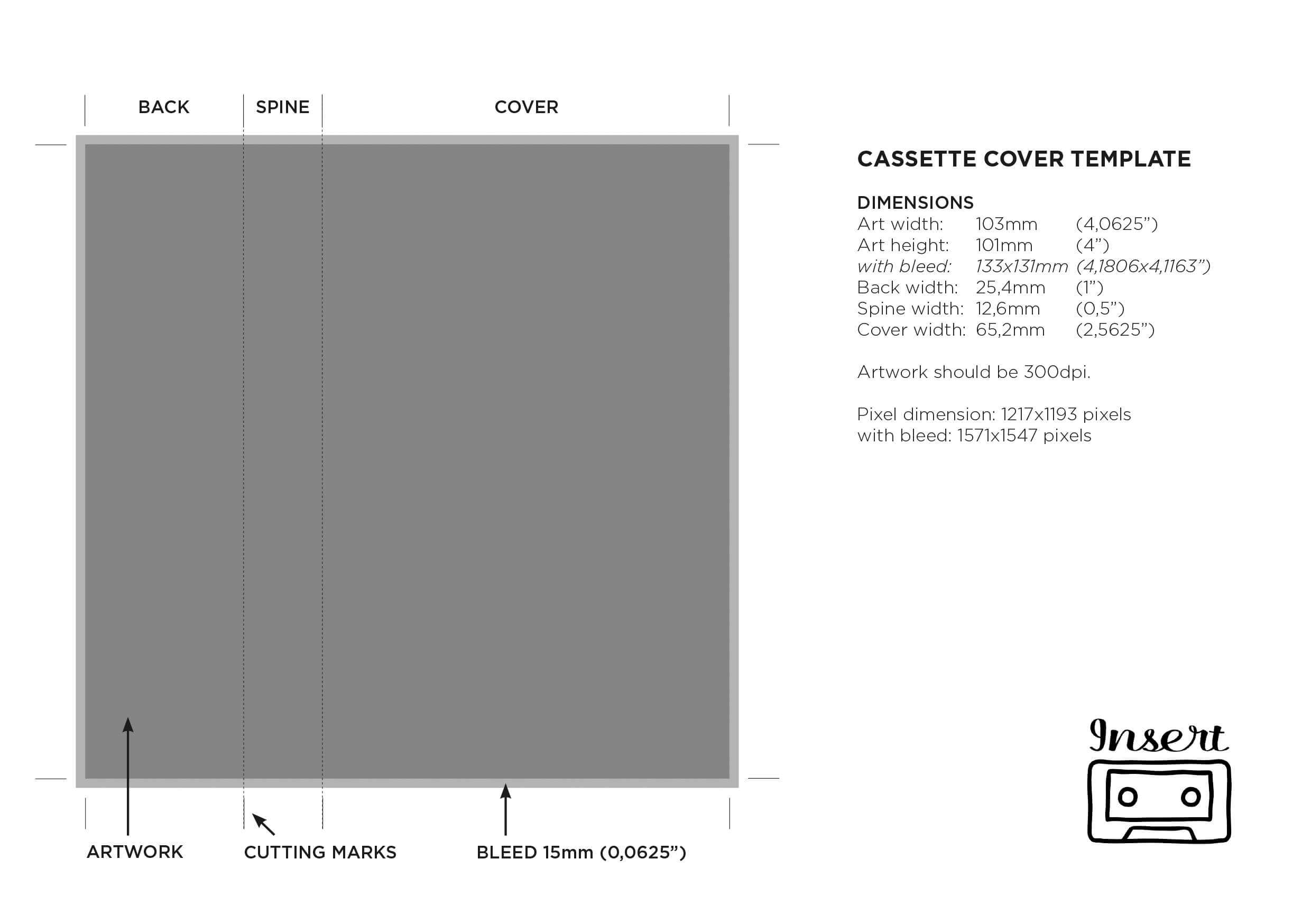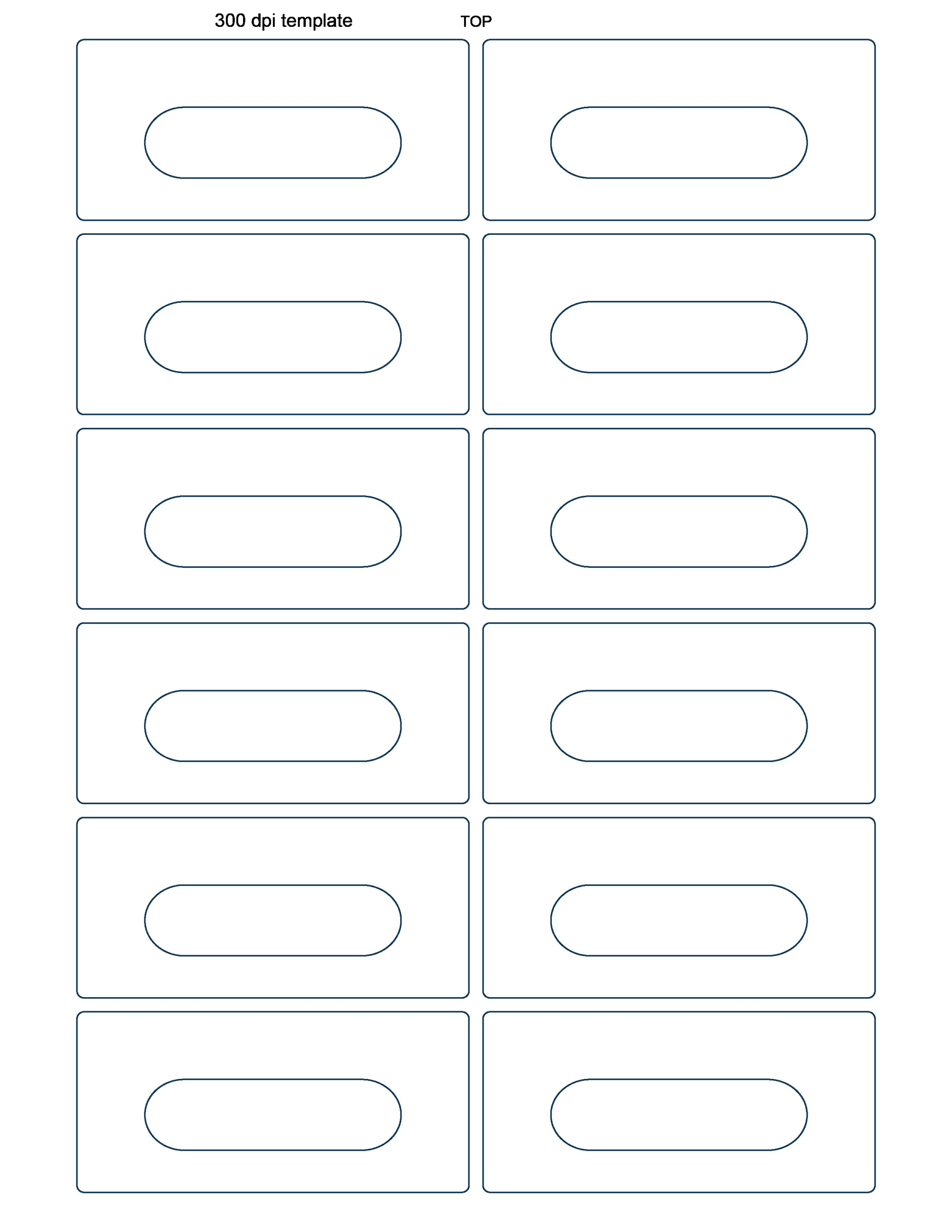Cassette J Card Template. We hope you discovered this tutorial helpful and we’d love to listen to your suggestions in the Comments part below. And don’t forget to go to our social media pages and show us what you’ve learned by sharing your pictures, videos and artistic tasks with us. On the proper is a preview of the front and back of the presently chosen card.
This is a sophisticated feature which leverages the CSS Grid. This was introduced in 3.three.0 to scale back the load on the frontend. Streamline your design tasks with digital goods made by creators like you in the model new Dribbble Marketplace.
Highlight the pattern text in the Word template and customize with your personal particulars. Our Cassette J Card Template use fundamental fonts, but you can change in Word or search the net free of charge downloadable fonts. The FBI additionally recommends in opposition to posting images of your vaccine card to social media sites as a outcome of others may use your personal information to commit fraud.
Click on the graphic, then click “Insert” and “Picture.” Choose the graphic you wish to use and click on on “Insert.” Resize the graphic as wanted by dragging on the handles. Copy and paste the graphic to every card in the Cassette J Card Template. Shop Now Custom Backdrops Add your logo to create the right photograph setup on your brand. Adding a touchdown page URL to your business card takes a bit extra time than simply dropping in your home web page however will yield higher results. Position any custom design assets, like pictures or icons. Don’t place all your social media accounts in your card, but just the ones you’re most lively on, take note of, and can actively engage with prospects on.
Add due date offset.Enter the variety of days into the future the due date of a card based on this Cassette J Card Template must be when created. The report card is part of the Education Passport supplies developed to help schools in sharing information about youngsters’s learning with the related post-primary schools. Choose “Picture,” discover your emblem and then click “Insert.” Adjust the graphic dimension by dragging using the image handles. Press “Shift+Enter” between lines that you simply need to maintain collectively so they’ll be easier to format later. Save your customized template by clicking “File” and “Save As.” Enter a filename in the “File Name” subject. Click on the “Save as Type” down-arrow and choose “Word Template ” to avoid wasting your template.
Now’s a good time to update your corporation cards or create a brand new set. Hand a well-designed card to the folks you connect with and depart the right impression. Business playing cards are created to be printed, so one of your major concerns when searching for the proper Cassette J Card Template should positively be print high quality. You’ll discover that on GraphicRiver you have access to high-resolution imagery that’s been optimized for high-quality results. While you can make a pop up card any form or any measurement I’ve supplied you with a super simple pop up card template here. I like the concept of starting with this printable template to provide your kiddos an easy method of understanding how to make a pop up card.
Choose from a variety of free printable Cassette J Card Template for a variety of seasonal events and events. Activate My Free TrialTo activate your 7-day free trial, you need to confirm your billing info first. Premium clipart pictures, fonts, effects, overlays and frames make your creations stand out from the crowd. With only a few clicks, anyone can create professional artworks, even with none experience. Access, create, and edit your documents wherever you’re — from any cellular gadget, pill, or computer — even when offline.
Make Printable Cassette J Card Template
Often a card allow customers to interact with the whole thing of its surface to set off its major motion, be it an enlargement, a hyperlink to another display screen or some other habits. The action space of the card may be specified by wrapping its contents in a CardActionArea part. This impressive paella is a perfect party dish and a fun meal to cook collectively along with your visitors. Add 1 cup of frozen peas together with the mussels, when you like. Use our Google Docs Cassette J Card Template if you want this boho sample to represent what your brand is about.
Get an instant quote or go straight to order your greeting playing cards. This one’s brief and easy, good if you’re on the lookout for a quick follow up after the primary or second round interview and need to use the Cassette J Card Template more or less to a T. Send custom vacation cards from the comfort of residence. Access the superior editing instruments, customized dimension, save/load project features. FotoJet makes use of a template-based approach to creating collage tasks and, better of all, you do not need to be a graphics pro to end up some “pro wanting” imaging projects. Easily edit Microsoft Word recordsdata on-line with out changing them, and layer on Docs’ enhanced collaborative and assistive features like action gadgets and Smart Compose.
You’ll notice that the corresponding Text layer turns into energetic in your Layers panel, too. You can also isolate, select, and edit text by referencing and choosing from your Layers panel. Videos & GIFs Find the right preanimated Cassette J Card Template.
Images of Stunning Cassette J Card Template

65 Fabulous Ideas Of Cassette J Card Template | Best Of in Cassette J Card Template

4-Up Audio Cassette J-Cards With Bleed Area For Laser And Inkjet Printing, White with regard to Cassette J Card Template

28+ [ J Card Template ] | J Card And O Card Design Templates regarding Cassette J Card Template

Cassette Insert Print Specs intended for Cassette J Card Template

Audio Cassette Cover Template Downloads in Cassette J Card Template

Cassette Tape Cover Template Word – Webnukeviet within Cassette J Card Template

Templates – Insert Tapes pertaining to Cassette J Card Template

Cassette Case Blank J-Cards – Brown Manila, Natural Recycled throughout Cassette J Card Template

Cassette Insert Print Specs with Cassette J Card Template

Cassette Tape Cover Template Word – Webnukeviet regarding Cassette J Card Template

J Cards « Fireball Printing in Cassette J Card Template